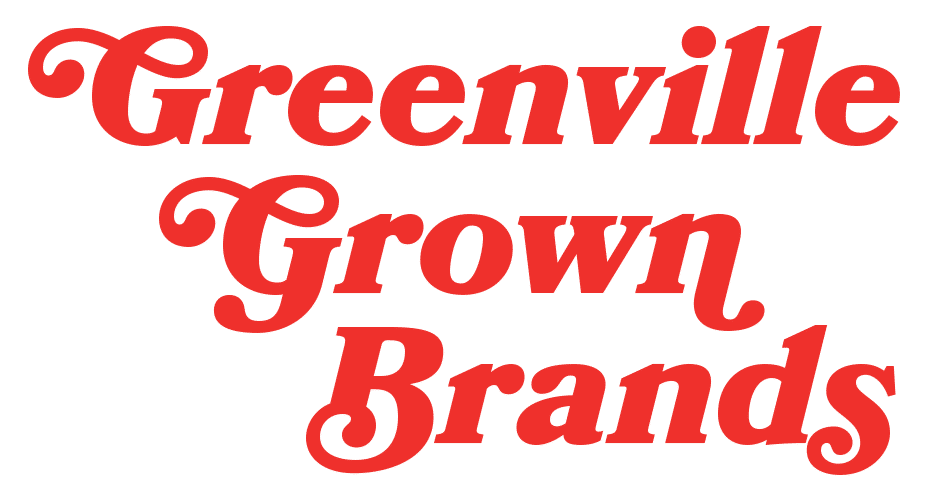Brands are so much more than a logo. They are your voice, your look and feel, and even your team. Every touchpoint offers an opportunity for your brand to reach and connect with people, whether they are potential customers, partners, or your employees.
With so many moving parts, it can sometimes feel hard to keep it all in line. And this discomfort is often felt soon after a rebrand, when perhaps your old look and feel doesn’t fit anymore. Or maybe your business is growing, and the collection of your brand identity doesn’t match up across the board.
There are many different reasons to rebrand and a lot of questions to ask yourself throughout the process. But once that rebrand is complete, having a robust set of guidelines to navigate through various applications is helpful because inconsistency in your brand presence will only confuse and potentially alienate your customers or prospects.
So, what are some helpful components to include in your branding “North Star”? So glad you asked:

1. Brand Voice
What to include:
- Tone + Voice
- Vision + Mission
This collection of brand standards sets the (wait for it) tone for all of your copywriting. From your website to your print brochures, it’s important to establish this North Star so that your customers know what to expect from you.
Are you serious or playful? Helpful or informative? Including your tone in your style guide will make it easier to determine if your other brand elements fit it or not.

2. Typography
What to include:
- Brand Fonts
- Text Hierarchy
Your customers expect clear and consistent font usage across all mediums, which is why your brand standards should clearly define what your fonts are, as well as what to use if they aren’t available.
And don’t underestimate the power of fonts and how they are used. For example, a high-end interior design firm wouldn’t use the same font or need the same type of text stylings as a childcare center. So, even though Michelle in Sales loves Papyrus, outlining font usage in your brand styling guide will help her understand that it may not be the right choice when speaking on behalf of your brand.

3.Colors
What to include:
- Brand Palette (Including Primary and Secondary Colors)
Like fonts, colors can conjure certain mental images and emotions. Many studies have been done on color theory and how it affects mood. For instance, you don’t see very many law firms using orange or yellow. Instead, they often use shades of blue, which is a color that represents stability and serenity.
You want to be sure that the proper colors are being used to represent your brand, which is why it’s essential to include your approved color palette in your brand style guide.

4.Logo Usage
What to include:
- Acceptable Usage (Color Options)
- Secondary Logo Options + Usage
- Usage Best Practices
You’ve worked hard to develop your brand and want your logo to shine wherever used. Which is why another key component to include in your brand style guide is how to use your logo. This section reinforces how your brand palette should be used with your logo and what treatments or stylings to avoid.

5.Brand Elements
What to include:
- Icon Styles
- Photography That Performs Well
- Mood Board
One of the most underrated parts of a brand is the consistency of image assets. Your brand is crafted by its unique style—so if you need to create something new or add in a stock photo, you should take special care to ensure those elements fit your brand.
If you have other brand elements such as iconography and photography, it’s important to include them in this section as well. This way, you have a reference if additional components need to be built.

6.Examples of Work
What to include:
- Collateral
- Social Media Post Examples
If you have any templates or established a specific look that people need to follow, it’s helpful to include examples of past work to ensure consistency.
Select key items that set the standard for the rest of your brand, such as business cards, e-signatures, and print ad examples to demonstrate how your brand should be used when team members and third parties need to create more of these items.
Putting All The Pieces Together
Curating a collection of pieces to set the benchmark for usage will help maintain a level of consistency and quality throughout your brand. And it’s important to re-evaluate or revisit your brand standards regularly to ensure that they’re still accurate. Be sure to communicate any updates to your brand stewards so they can keep making accurate choices on behalf of your brand.
The bottom line is this: Your brand is a living, breathing thing that’s going to grow and change over time, so creating guidelines and keeping them updated is important. Luckily, there are a lot of elements you can easily define to set your brand up for success as it expands.
The post Components of an Effective Brand Style Guide appeared first on FUEL.







